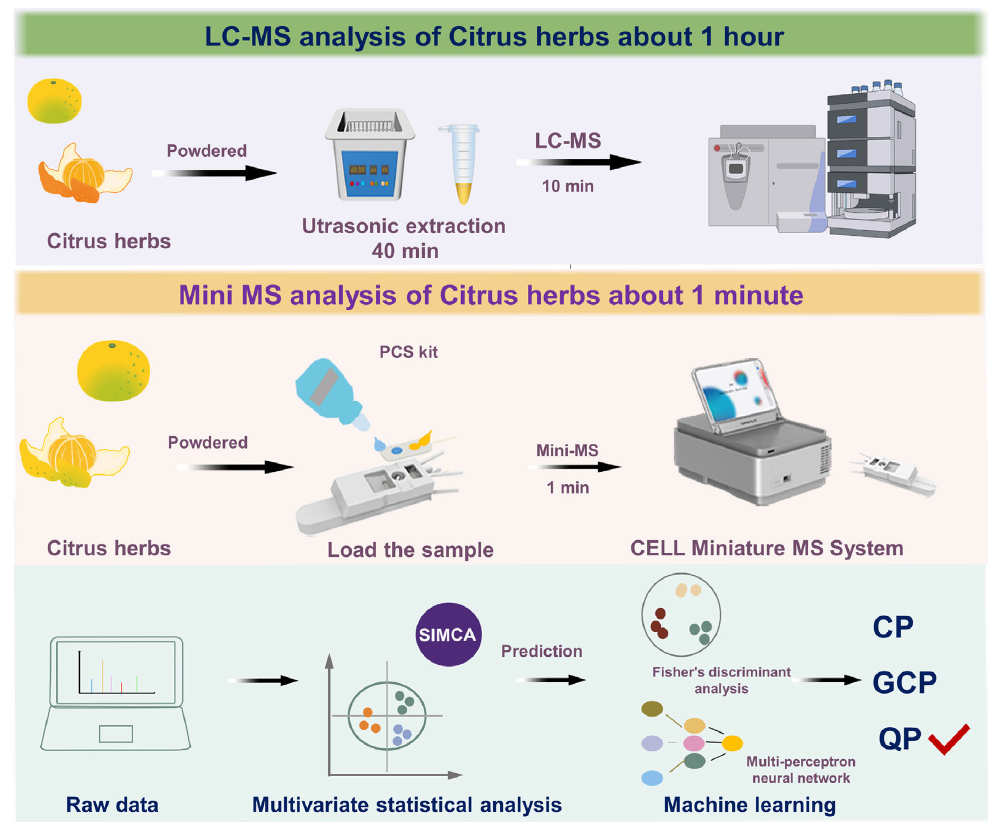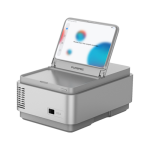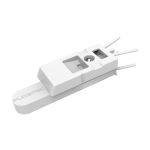On-site analysis and rapid identification of citrus herbs by miniature mass spectrometry and machine learning
Background: Natural medicines present a considerable analytical challenge due to their diverse botanical origins and complex multi-species composition. This inherent complexity complicates their rapid identification and analysis. Tangerine peel, a product of the Citrus species from the Rutaceae family, is widely used both as a culinary ingredient and in traditional Chinese medicine. It is classified into two primary types in China: Citri Reticulatae Pericarpium (CP) and Citri Reticulatae Pericarpium Viride (QP), differentiated by harvest time. A notable price disparity exists between CP and another variety, Citri reticulatae “Chachi” (GCP), with differences being based on the original variety.
Methods: This study introduces an innovative method using portable miniature mass spectrometry for swift on-site analysis of QP, CP, and GCP, requiring less than a minute per sample. And combined with machine learning to differentiate the three types on site, the method was used to try to distinguish GCP from different storage years.
Results: This novel method using portable miniature mass spectrometry for swift onsite analysis of tangerine peels enabled the characterization of 22 compounds in less than one minute per sample. The method simplifies sample processing and integrates machine learning to distinguish between the CP, QP, and GCP varieties. Moreover, a multiple-perceptron neural network model is further employed to specifically differentiate between CP and GCP, addressing the significant price gap between them.
Conclusions: The entire analytical time of the method is about 1 minute, and samples can be analyzed on site, greatly reducing the cost of testing. Besides, this approach is versatile, operates independently of location and environmental conditions, and offers a valuable tool for assessing the quality of natural medicines.
The current study presents a handy method for identifying citrus herbs, leveraging the capabilities of mini MS. This approach requires minimal sample volume and simplifies sample processing, aligning with the portability of mini MS to enable real-time detection of signature compounds. The resultant reduction in assay costs, coupled with the method’s adaptability to various environments, underscores its value for the herbal medicine industry, enhancing its applicability and practicality. Moreover, successful application in analyzing QP, CP, and GCP samples, through the integration of various machine learning methods, demonstrates its potential in ensuring product safety and improving quality control of citrus herbs. This study not only establishes a reliable tool for on-site identification of QP, CP, and GCP but also emphasizes its critical role in the quality assurance of citrus herbs, contributing significantly to the field of Chinese herbal medicine.
Rapid Communications in Mass Spectrometry, 2024, 38:e9780,



